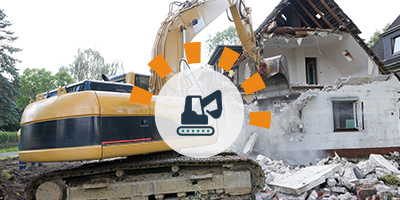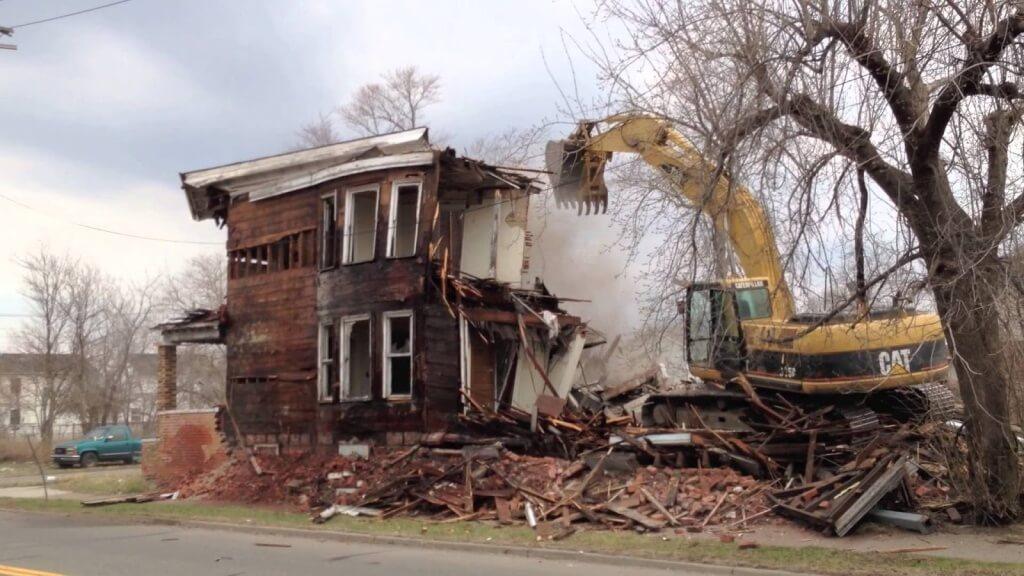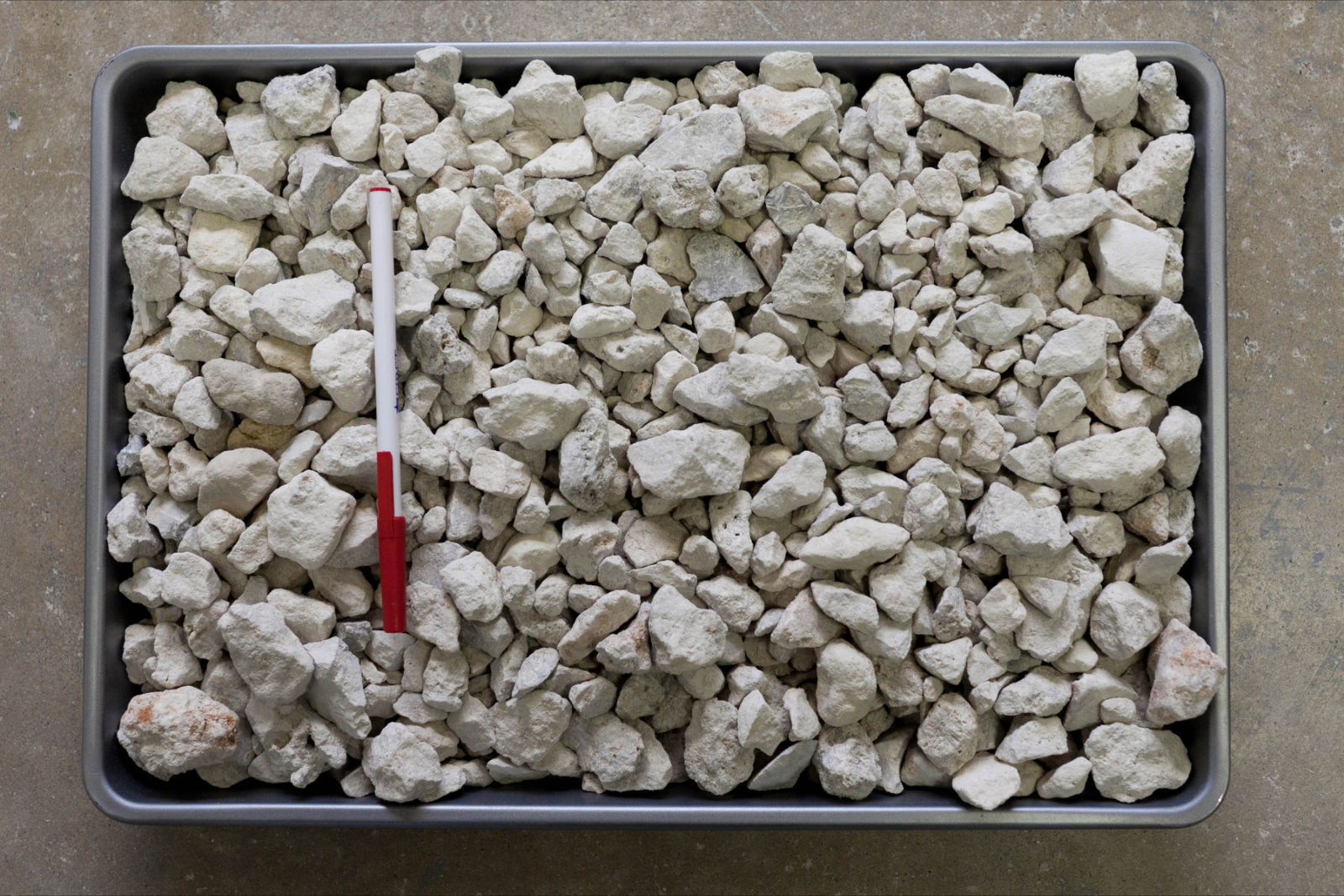
The materials used, the area and the size of a building all affect the cost of demolition. Demolishing a house can cost anywhere from a few bucks to as much as $10 per square footage. Larger projects can cost up to several thousand dollars. The cost of demolition for a house with two stories and a basement can be as high as $3-$7 per square foot.
It is essential to understand what you want to remove before you can get a cost estimate. You can choose to remove the entire structure, or just the windows and walls. A typical wall removal cost is $6,900 to $11,000. It is possible to vary the cost of removing tubs or showers.
Before you start to tear down a house, check with your local utility companies. They will tell you what kind of fees you will be charged. It may be necessary to turn off the utilities for a time. You may also need to find a new place to stay during the demolition. This is especially important if your home is being renovated.

A contractor or demolition crew is also needed. They will haul away all the debris and do the work. They should have a license. This allows for safety and security. Most cities require inspections before and after a demolition. This will also help you decide which contractor to hire.
Demolition costs typically include labor, inspections, permits and permit fees. These costs include hauling, equipment, dumping fees, as well as equipment. This will usually include a dumpster or a pit to dump the debris. The cost of the materials and labor used will vary. A concrete patio can be demolished for $5-10 per square foot. Stone paver patios cost $1-5.
The cost to install a driveway depends on its size and the condition of the pavement. The average driveway cost is between $600 and $1,800.
Demolishing a typical commercial building will cost anywhere from $12,000 to $150,000. This includes hauling, demolition, and rerouting utilities. A structural engineer may be required for certain demolition projects. This will raise the cost as well the need to hire more professionals.

Large buildings can take several weeks to demolish. The cost of demolition in densely populated areas will be more expensive. A company with a strong track record of finishing projects on time is a must. Many demolition companies will offer a free estimate. It is possible to find smaller demolition companies that will work in conjunction with local removals services.
The cost to demolish a home varies based on the size of the home, its construction, and the location. The demolition costs for homes built before 1940 are generally less expensive. Older homes may have a higher cost of demolition due to asbestos. Asbestos can pose a danger to your health and cause severe damage. It is important that the demolition process be done correctly.
FAQ
Can I remodel my whole house by myself?
Why pay someone to do it for you when you can do it yourself?
You may love DIY but there will come a time when you can't do it all by yourself. There may be too many variables involved for you to control.
A qualified electrician would be required to check the safety and reliability of your electrical system if you live in an older house.
Also, you should consider that some structural damage may not be possible during renovations.
Additionally, you may not have the right tools to complete the job. If you want to install a new kitchen faucet, you will need a plumber's serpent, which is a tool that clears clogged pipes.
There are also plumbing codes that require you to have a licensed plumber working on your project.
The bottom line is that you need to know exactly what you are capable of doing before you embark on such a big task.
If you aren't sure if you have the skills or knowledge to tackle the task, get help from your family and friends.
They can help you determine the right steps and where you can find out more.
Is it better to hire a general contractor or a subcontractor?
It is more expensive to hire a general contractor than to subcontract. General contractors usually have many employees. This means that they charge their clients much more for labor. A subcontractor on the other side only employs one person, so he/she charges less per-hour.
Can you live in a house during renovation?
Yes, I can live in a house while renovating it
Can you live in a house and have renovations ongoing? It depends on the length of the construction. If the renovation takes less time than two months, then no, you can still live in your home during construction. You cannot live in your house while the renovation process is ongoing if it lasts more than two years.
You should not live in your house while there is a major building project underway. This is because you could be injured or even killed by falling objects on the construction site. Noise pollution and dust from heavy machinery on the job site could also be a problem.
This is especially true for multi-story houses. In such cases, vibrations and noises from construction workers may cause irreparable damage to your property.
You'll also need to cope with the inconvenience of living in temporary housing while your house is being renovated. This means you won't be able to use all the amenities in your own home.
While your dryer and washing machine are being repaired, you won't be able use them. The workers will make loud banging noises, paint fumes, and chemicals obstruct your ability to use your dryer and washing machine.
All these things can lead to anxiety and stress in your family. To avoid becoming overwhelmed by these situations, it's important to plan ahead.
To avoid costly mistakes, do your homework before you make any decisions about renovating your home.
Also, it is a good idea to get professional help from a reputable contractor in order for everything to go smoothly.
Is it better to remodel an older house than build a brand new one?
Two options are available to those who want to build a home. The other option is to purchase a prebuilt home. This home is ready for you to move into. Another option is to build a custom home yourself. With this option, you'll need to hire a builder to help you design and build your dream home.
How much time and money it takes to design and plan a new house will affect the cost. A custom home may require more effort because you'll likely need to do most of the construction work yourself. But you still have control over the materials you choose and how they are placed. It might be simpler to find a contractor specializing in building custom homes.
A new house is generally more expensive than a home that has been renovated. This is because you will have to pay more for the land as well as any improvements that you make to it. In addition, you will need to pay permits and inspections. On average, the price difference between a new and remodeled home is $10,000-$20,000.
How should house renovations be ordered?
It is important to determine where you want to place everything when renovating your house. If you are looking to sell your property soon, you need to plan how you will present your home to buyers. Next, think about how you want your living space, including the kitchen, bathroom and living room. After you have selected the rooms you wish to renovate you can begin searching for contractors who specialize. After you have hired a contractor to work on your project, it is time to get started.
Statistics
- ‘The potential added value of a loft conversion, which could create an extra bedroom and ensuite, could be as much as 20 per cent and 15 per cent for a garage conversion.' (realhomes.com)
- Design-builders may ask for a down payment of up to 25% or 33% of the job cost, says the NARI. (kiplinger.com)
- It is advisable, however, to have a contingency of 10–20 per cent to allow for the unexpected expenses that can arise when renovating older homes. (realhomes.com)
- On jumbo loans of more than $636,150, you'll be able to borrow up to 80% of the home's completed value. (kiplinger.com)
- Most lenders will lend you up to 75% or 80% of the appraised value of your home, but some will go higher. (kiplinger.com)
External Links
How To
How do I plan a whole house remodel?
Planning a whole house remodel requires careful planning and research. Before you even start your project there are many important things that you need to take into consideration. First, you must decide what type of home improvement you want. You can choose from a variety of categories, such as kitchen or bathroom, bedroom, living space, or living room. Once you've chosen the category you want, you need to decide how much money to put towards your project. If you have never worked on homes, it is best to budget at most $5,000 per room. You might be able get away with less if you have previous experience.
Once you know how much money your budget allows you to spend, then you will need to decide how big a job it is you are willing to take on. If your budget only allows for a small renovation of your kitchen, you will be unable to paint the walls, replace the flooring or install countertops. On the other side, if your budget allows for a full renovation of your kitchen, you'll be able do just about any task.
The next step is to find a contractor who specializes in the type of project you want to take on. This will guarantee quality results, and it will save you time later. After you have selected a professional contractor, you can start to gather materials and supplies. You might need to make everything from scratch depending upon the size of your project. However, there are plenty of stores that sell pre-made items so you shouldn't have too much trouble finding everything you need.
Now it's time for you to start planning. Begin by sketching out a rough plan of where furniture and appliances will be placed. Next, plan the layout. Make sure that you leave space for plumbing and electrical outlets. Make sure to position the most visited areas close to the front door. Visitors can also easily access them. Finally, you'll finish your design by deciding on colors and finishes. Avoid spending too much on your design by sticking to simple, neutral colors and designs.
Now it's time to build! Before you begin construction, it's important to check your local codes. Some cities require permits. Others allow homeowners to build without permits. When you're ready to begin construction, you'll first want to remove all existing floors and walls. Next, you'll lay down plywood sheets to protect your new flooring surfaces. Next, you'll attach the wood pieces to the frame of your cabinets. The frame will be completed when doors and windows are attached.
After you're done, there are still a few things you need to do. You'll likely want to cover any exposed wires and pipes. To do this, you'll use plastic sheeting and tape. Also, you will need to hang mirrors or pictures. Make sure to keep your work area neat and tidy.
These steps will ensure that you have a beautiful and functional home, which will save you tons of money. Now that you know how to plan a whole house remodeling project, you can go ahead and get started!